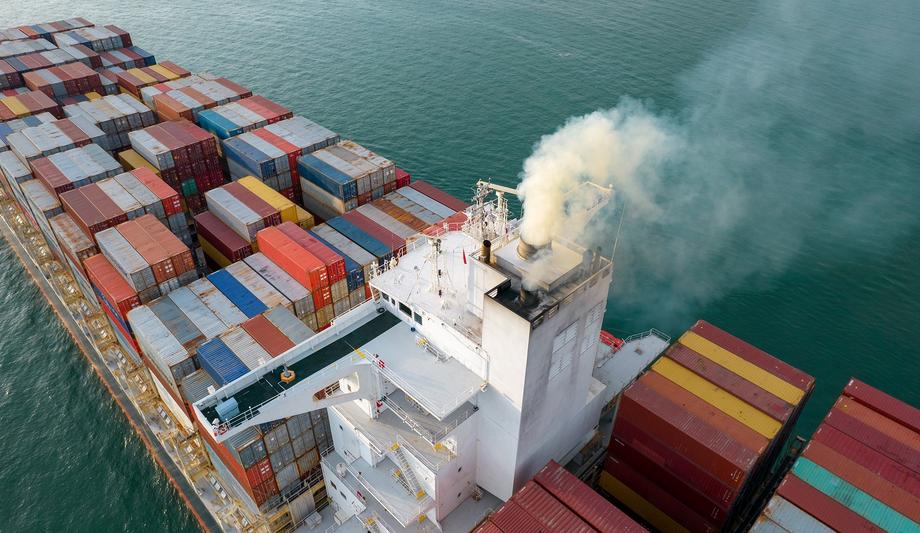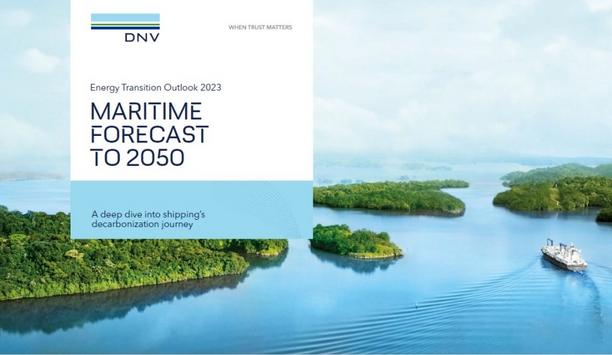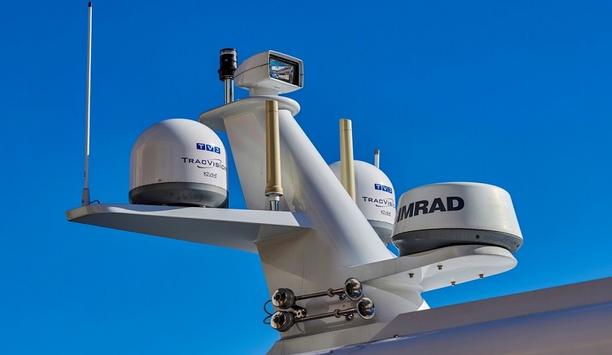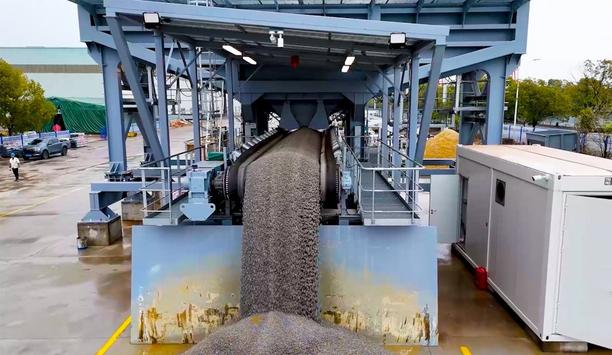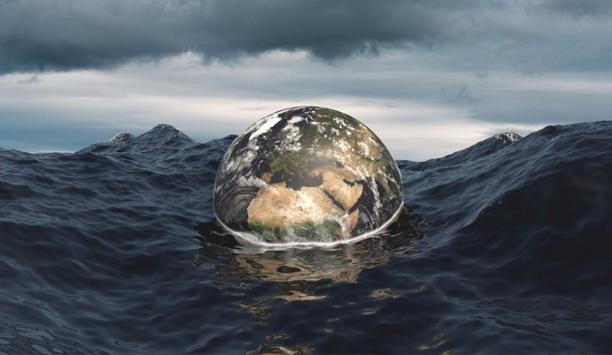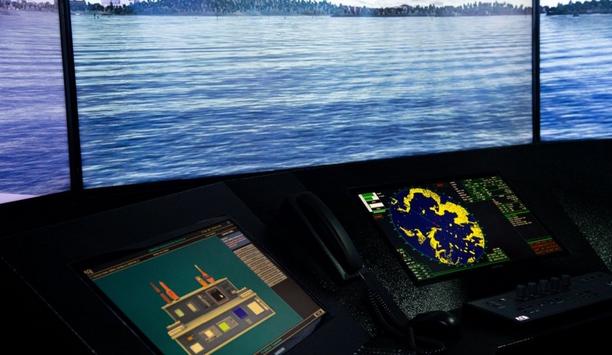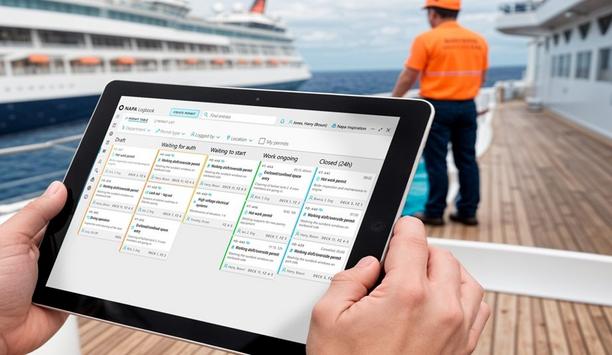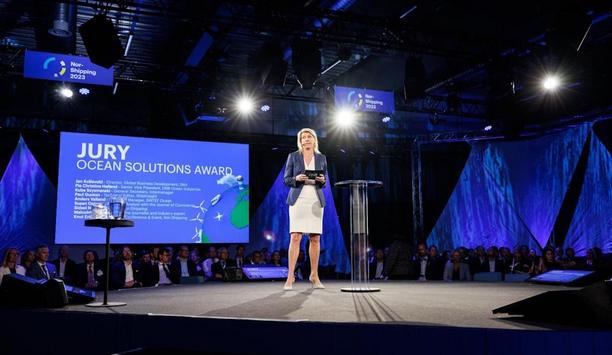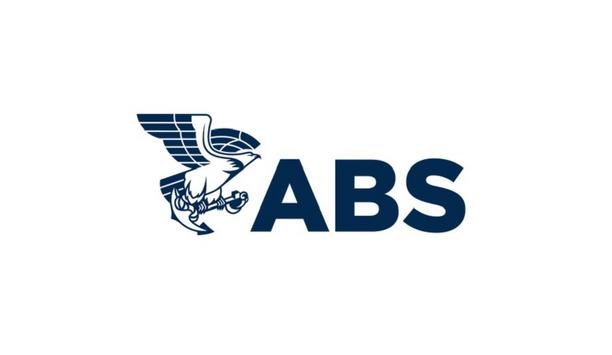The maritime industry is not covered by the Paris climate agreement, which seeks to limit global warming to well below 2 degrees Celsius compared to pre-industrial levels. However, carbon emissions from maritime activities account for 2 to 3% of total global warming potential (GWP) worldwide, and the share is likely to increase in coming years, approaching 17% of CO2 emissions by 2050.
The International Maritime Organisation (IMO) and its Marine Environment Protection Committee (MEPC) is tasked with regulating carbon usage in the maritime industry and has established aggressive goals – both near-term and long-term – to ensure carbon emissions from the maritime market decrease by at least 40% in 2030 (compared to 2008 levels), and by at least 50% by 2050.
MEPC has new emissions reduction and efficiency requirements taking effect in 2023.
Measures to reduce carbon emissions
Binding across its 170 member states, IMO has adopted mandatory measures to reduce emissions of greenhouse gases under its pollution prevention treaty (MARPOL). The Energy Efficiency Design Index (EEDI) is mandatory for new ships, and the Ship Energy Efficiency Management Plan (SEEMP) is required for all ships.
The Sustainable Shipping Initiative (SSI) is a multi-stakeholder initiative to improve the sustainability of the shipping industry in terms of social, environmental, and economic impacts. Founded in September 2010, SSI has 15 members spanning the shipping value chain, from charterers, shipowners and operators, to shipyards, banks, classification societies, and technology companies.
Poseidon Principles
Poseidon Principles are consistent with efforts of the IMO to reduce shipping’s total annual greenhouse gas emissions
The Poseidon Principles establish a framework for banks and financial institutions to assess and disclose the climate alignment of ships to provide guidance and promote responsible environmental stewardship.
The Poseidon Principles, signed by 20 financial institutions representing over $150 billion in loans to the shipping industry, are consistent with efforts of the IMO, seeking to reduce shipping’s total annual greenhouse gas emissions by at least half by 2050.
Decarbonisation goals
Some shipping companies are already setting individual decarbonisation goals beyond the IMO’s target, driven by their customers’ desire to reduce their global carbon footprint.
The intensity of emissions has decreased somewhat in recent years because of larger ship sizes and slower traveling speeds. Interim solutions to lower carbon emissions include the use of liquefied natural gas (LNG) as a shipping fuel, which produces less carbon than the oil commonly used. LNG can also be less expensive but is not seen as a permanent solution because it still emits carbon.
FuelEU Maritime initiative
Global maritime technology networks promote the adoption of low-carbon technologies
The European Commission has launched the FuelEU Maritime initiative, seeking to increase the use of sustainable alternative fuels in European shipping and ports. The European Union also seeks to include the shipping industry in a mandatory cap-and-trade carbon market, a so-called emissions trading scheme, as early as 2022.
Also, the global maritime technology network (GMN), funded by the European Union, is a network of Maritime Technology Cooperation Centres (MTCCs) in Africa, Asia, the Caribbean, Latin America, and the Pacific. They seek to develop national maritime energy-efficiency policies, promote the adoption of low-carbon technologies and establish voluntary pilot data collection and reporting.
Carbon Intensity Indicator (CII) ratings
Scope ESG Analysis, a German credit rating, and analysis firm has launched a database to display Carbon Intensity Indicator (CII) ratings for the world’s commercial maritime fleet. Including 70,000 vessels, the Ship Review database provides transparency into each ship’s environmental, sustainability, and reliability/safety performance.
The CII rating system seeks to assist the maritime industry in reducing greenhouse gas emissions, measuring a ship’s operational efficiency in grams of CO2 emitted per deadweight tonnage and nautical miles travelled. Based on 2020 data, more than a third of the world’s fleet could fail to meet upcoming restrictions.
GreenVoyage2050 Project
The International Maritime Organisation is executing the GreenVoyage2050 Project through the Project Coordination Unit (PCU). The project seeks to help developing countries in their efforts to reduce greenhouse gas (GHG) emissions from ships.
Longer-term fixes to lower greenhouse gases include a need for zero-carbon fuels and technologies
Phase one of the project, signed with Norway in 2019, is currently underway. Phase one of the GreenVoyage2050 Project is scheduled to run until May 2022.
Longer-term fixes to lower greenhouse gases include a need for zero-carbon fuels and technologies; however, they are not currently available at the size, scale, or price the industry needs for broad adoption. New fuels will need to be developed, along with new propulsion systems, upgraded vessels, and a new global refueling network.
Need for zero-emissions technologies
New zero-emissions fuels and technologies on the horizon include batteries, sustainable biofuels, green or blue hydrogen, and their derivatives such as ammonia and methanol. Blue hydrogen is produced from natural gas by splitting molecules into hydrogen and carbon dioxide and capturing and storing the CO2.
Green hydrogen is produced by splitting water through electrolysis and powering the process using renewable electricity sources such as wind and solar. However, zero-carbon technologies are far more expensive than current bunker fuel oil.
A wide variety of global stakeholders are involved in trying to lower the impact of maritime’s carbon emissions on climate change. The maritime industry’s 2 to 3% impact may seem small, but the share could increase over time unless the industry continues to take action.
